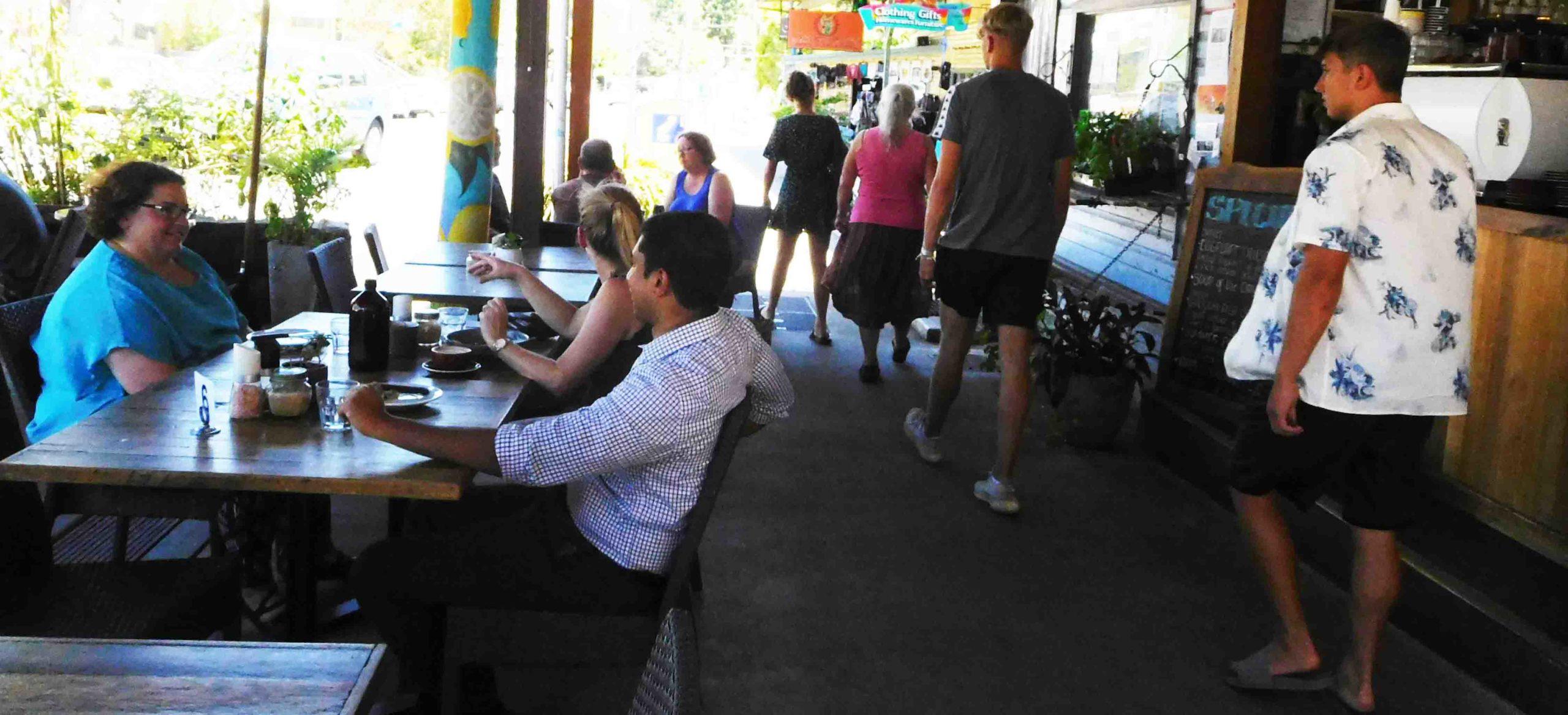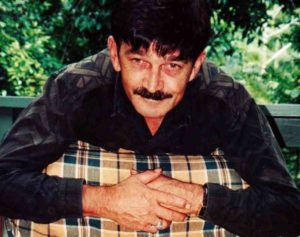Denial FOLLOWED BY a shock…
At first, following Karl’s death, I am not pessimistic about my harsh new reality because I do not believe what is happening to me. The shock is somewhat softened by finding that I can communicate directly with Karl. I begin writing to him on March 7, 2016, a month after his death, noting in my journal:
I am struggling with the excruciating pain of losing you. I wake up and pray that it’s only a bad dream.
After two and a half weeks, I receive a brief reply from Karl.
Looking down at my journal in the Armonica Café in Nimbin, I breathe a deep breath: an unexpectedly deep breath. I realize I am recording Karl’s words.

Karl says simply,
I hope you are doing well and that your injuries have healed okay. You know I didn’t mean to hurt you. I did not choose to go off the road, you know. The road was slippery, and I just lost control. That was it. I’m glad you tried to save me, but, honestly, I am fine now.
Is this really Karl speaking?
I stare at my journal. This is Karl, for sure. I have written those words, but those are his words, in his unique Germanic style. I can almost hear his accent.
The following day, Karl writes again, saying that he cannot explain what things are like where he is:
I can’t tell you much about what’s happening up here — because my explanations wouldn’t make much sense to you. It’s probably like what you imagined — and not.
Then he adds a tiny, tantalizing snippet:
I am fine. There is lots to do – homework, even, and I am also called on a bit to help, though it’s early days. You are my main concern/interest/project.
Months later, he elaborates a bit:
I can’t explain how it is where I am because you wouldn’t understand it. It’s a totally different thing — world — whatever. Not at all like Earth.
Before Christmas, 2016, Karl makes another attempt to explain (by that time, I accept that details of his circumstances must remain a mystery and I stop asking about them):
Life on the other side has to be a bit of a mystery to humans. It’s how things are organized. What you have worked out is that death is not the final curtain, that I am accessible, and that this connection we have is real.
Something about Karl’s reluctance to describe where he was (in heaven? the afterlife?) appeal to me. Some time after his death, I read the compelling book, The Afterlife of Billy Fingers ( Kagan, 2013). While I love the book, I do not believe Kagan’s (or Billy’s) detailed descriptions of Billy’s afterlife environment.
A daily ritual

After receiving Karl’s first message in March 2016, I follow a daily ritual, and Karl responds. After a few sips of my coffee, I begin by merely recording three blessings (or three things went well the previous day, or that brought me joy).
Verbs are like art to the dead
Then, remembering Rudolf Steiner’s advice that verbs are like art to the dead and we should express appreciation for the dead in active terms, I write a few sentences of appreciation about Karl, focusing on what he did rather than who he was.
My Sufi friend, Rose Gardener, is particularly taken by this concept of focussing on action, rather than “who” the person is. Sacred Sufi writing makes a distinction is made between the (incorrect) view that the soul is a “noun” and the correct view that the word might more accurately be thought of as a “verb,” an ongoing process or activity of God.

